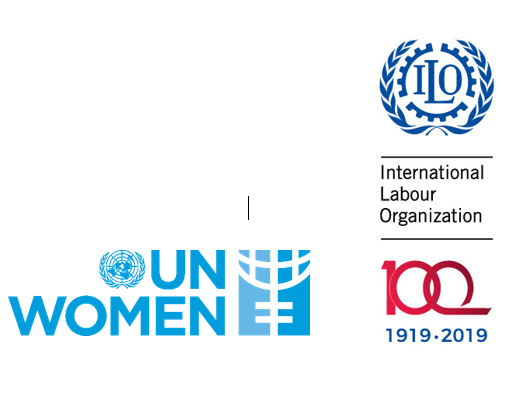“Gender-based violence perpetuates occupational segregation. Pervasive sexual harassment and other forms of violence in the workplace serve to reinforce or maintain existing hierarchies and gender power relations. For example, women may be reluctant to take up a job in a male-dominated occupation or apply for a promotion because of a real or perceived threat of harassment or violence, thereby perpetuating segregation.” (UN Women, 2016, p. 94)
Prevention of violence and harassment needs to include a focus on women’s access to a gender-equal labour market, which includes gender-balanced senior and leadership positions and the ending of occupational segregation. Workplace gender champions - both women and men – and gender-balanced leadership in organizations are needed to transform workplaces, sending a strong message that women are equally valued.
Having more women in managerial and supervisory positions and promoting equal workforce participation are important ways to promote a working environment based on equality and respect, and this helps in preventing violence and harassment (UN Women, 2016a and ILO, 2016a). However, getting more women into formal leadership positions at work is not sufficient. This also requires making substantial changes to deeply-entrenched systems of unequal gender power dynamics, roles and relations, underpinned by patriarchal values and historical inequalities between men and women in society and at work.
Changing these power relations is part of an effective response to preventing violence and harassment against women. The working environment and an organization’s climate are increasingly at the forefront of efforts to prevent and address sexual harassment. In these environments there are several characteristics that contribute to high levels of sexual harassment, including workplaces where men hold positions of power and authority; an organizational tolerance for sexual harassment such as failing to take complaints seriously or holding perpetrators accountable; and relationships that are hierarchical and create dependencies (Johnson et al, 2018a).
It is important to ensure a gender-diverse labour force within a respectful working environment that values women and that requires leadership for transparent and gender-responsive recruitment, retention and promotion, as well as for reward and performance evaluation systems.
